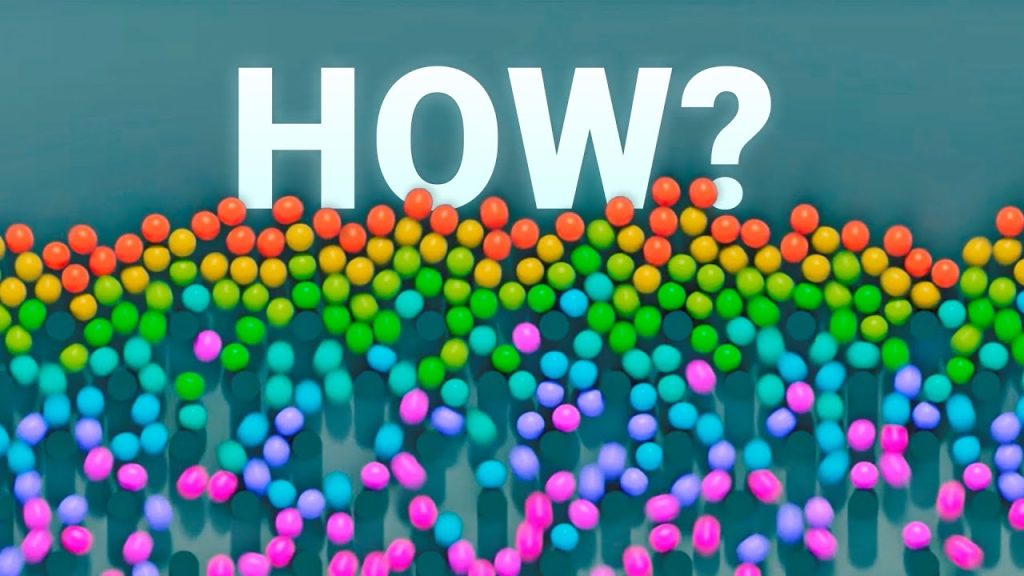A Glimpse into the Magic of Computational Tricks

Ever wondered about the magic behind the curtain of advanced simulations? Dive into a world where chaos morphs into order and the improbable becomes possible.
From floating cubes to animated sounds, discover the ingenuity of simulations that transform randomness into predictable patterns and realistic animations. Follow us as we uncover the secrets behind these fascinating manipulations.
Unlocking the Secrets of Magical Simulations
Ever stumbled upon something so mind-blowing that it seems like magic? Imagine a computer simulation where thousands of cubes are tossed around. You’d expect chaos, but then, a pattern emerges miraculously from the mayhem. This isn’t just any trick; it’s the result of a sophisticated technique that defies what we thought was possible, creating predictable outcomes from random processes.
The Wonders of Controlled Chaos
Now, let’s add more spice—colored balls dropping randomly, landing in a jumble. Run the experiment again, and voila! They align in an unlikely structure that seems impossible. The technique doesn’t stop here; it handles even more complex items like deformable bodies, showcasing controlled simulations in scenarios that previously seemed unmanageable.
The ability to predict and manipulate the outcome in such detailed simulations is nothing short of astonishing. Each demonstration brings us closer to understanding the boundaries of computational physics and the potential of these innovative methods.
The Real Challenge: Making It Look Real
The trick? It’s not just about manipulating the simulation. The real magic lies in making everything appear realistic and believable, which is often the hardest part of any illusion.
The Key Ingredients of Illusion
But how is it done without anyone noticing? The trick lies in managing what you can and cannot see. If an object is out of sight, it’s fair game for modification—changing its path, appearance, or even its color as it moves. This ‘invisibility’ is where the magic happens, allowing for subtle modifications that go unnoticed.
This system also cleverly manipulates visibility. Depending on how much of the object is visible to the viewer, the simulation adjusts its behavior—more visible areas require more accurate behavior to maintain the illusion of realism.
The underlying technology is surprisingly efficient, thanks to being ’embarrassingly parallel.’ This means that the computation can be easily divided into smaller, independent tasks that can be processed simultaneously, thus speeding up the overall process immensely.
Beyond Expectations: Speed and Flexibility
The true marvel of this technique is its speed. What might seem like a process…
Limitations and Future Potentials
Despite its impressive capabilities, the technique has its limitations. Primarily, it works best from a single viewpoint. Changing the perspective can disrupt the illusion, revealing the manipulations behind the scenes. However, recalculations can be quickly made to adjust for new views, retaining the magic.
The potential for further applications is vast, from enhancing realistic animations to creating interactive environments in video games or virtual reality scenarios. The future of this technology promises even more groundbreaking developments.
In closing, the just-discussed technique showcases a fascinating blend of control, unpredictability, and realism that captivates and expands the boundaries of digital simulations. As this technology continues to evolve, the implications for digital realism, interactive media, and even educational tools are profound, promising to deliver experiences that are as engaging as they are unbelievable.
The future of computational simulation techniques holds incredible potential, not just for entertainment but also for practical applications across various industries. Embracing these advancements means stepping into a world where the line between the virtual and the real continuously blurs, offering thrilling new possibilities that were once thought impossible.





